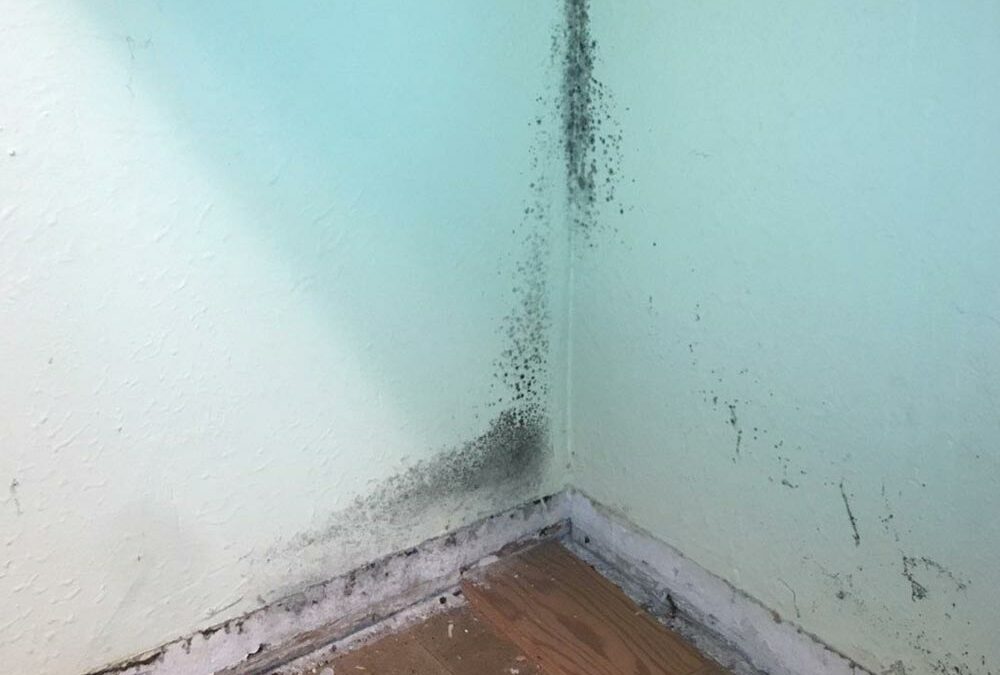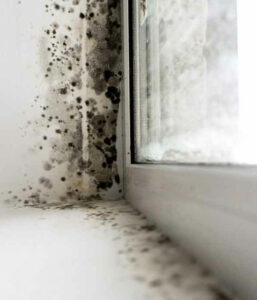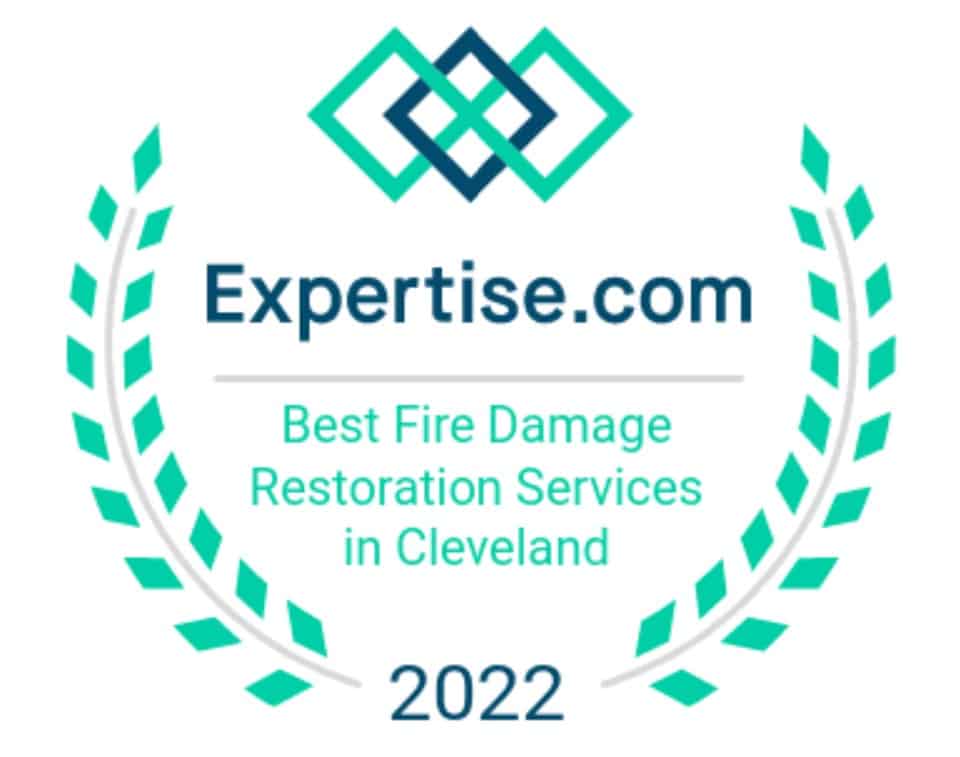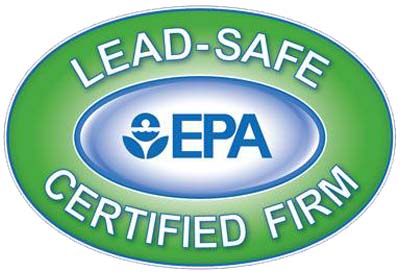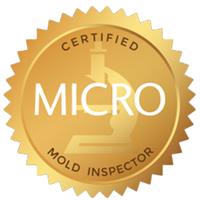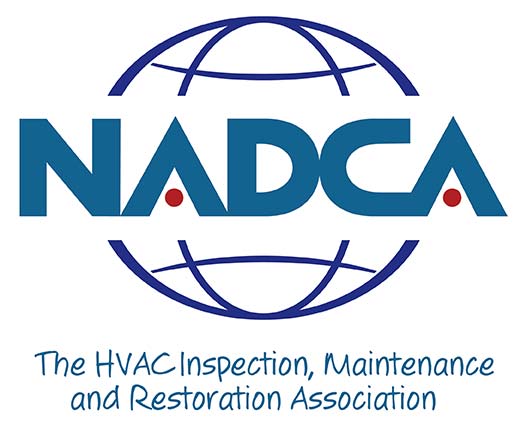Whether it’s a burst pipe, a leaky roof, or a flooding incident, water damage can be a homeowner’s nightmare. And when water damage happens, it’s easy to focus on what you can see. However, there’s a sneaky threat that often goes unnoticed until it has caused some serious damage of its own- mold. Mold isn’t pretty, but it’s not just about looks. It poses risks to both your property and your health.
In this guide, we’ll explore why quick action is essential when it comes to mold removal after water damage. If you’re in Northeast Ohio, understanding these reasons can be your first line of defense against mold in your home. Let’s get into it!
Table of Contents
What is Mold, Anyway?
Before we get into the reasons for acting quickly when dealing with water damage, let’s talk about mold basics. Mold is a type of fungus that consists of microscopic organisms. These tiny organisms are similar to plants but are not visible to the naked eye. Mold thrives in environments with high humidity and moisture. It can rapidly colonize various surfaces, spreading through the air in the form of microscopic spores. In Cleveland area homes, common types include Aspergillus, Cladosporium, and Stachybotrys, among others.
Why Mold Grows in Water-Damaged Areas
Mold needs moisture to grow, making water-damaged areas ideal breeding grounds. When a home experiences water damage, whether from leaks, floods, or other incidents, the increased moisture levels make for a perfect environment for mold spores to flourish. Mold can colonize various surfaces, including walls, ceilings, and personal belongings, turning dampness into an invitation for these organisms.
Rapid Growth and Spread
Mold is known for its rapid growth. In optimal conditions, it can begin to grow within 24-48 hours. The spores released during growth can quickly spread through the air, affecting other areas of your home. Knowing that this is a fundamental part of what mold is can help you to make quick decisions. This is the reason that dealing with mold removal after water damage immediately is vital- by doing so, you can prevent further mold growth and spread.
Now let’s get into the specific reasons why you shouldn’t wait to deal with mold removal after water damage.
1. Preventing Health Issues
Acting quickly to remove mold after water damage is crucial for preventing potential health problems. Mold can release spores and produce mycotoxins, both of which can be harmful when inhaled or come into contact with the skin. If you have allergies, a respiratory condition, or a weakened immune system, you may experience more extreme symptoms when exposed to mold.
Common health issues associated with mold exposure include allergic reactions, respiratory problems, skin irritation, and, in some cases, more severe conditions. Allergenic reactions may show up as sneezing, coughing, or skin rashes, particularly in individuals sensitive to mold. Those with respiratory conditions like asthma may experience worsened symptoms, such as wheezing and difficulty breathing.
Mold can produce mycotoxins, which are toxic substances that can have negative effects on human health. Prolonged exposure to mycotoxins can lead to more severe health issues, including neurological problems and immune system suppression.
Act promptly to remove mold! It’s the best, most proactive way that you can protect your own health and the health of your family in a water-damaged environment. Mold remediation specialists can efficiently address the issue, lessening the risk of health complications and creating a safer living space. Prioritizing health concerns is an important and convincing reason to act swiftly when faced with water damage and potential mold growth.
2. Avoiding Further Structural Damage
Preventing structural damage is a major reason to tackle mold after water damage. Mold, when left unchecked, can compromise the integrity of your home’s structure. It’s like a silent intruder, working its way through walls, ceilings, and floors. This not only weakens the framework but also poses safety risks for everyone in the house.
Think of it as a domino effect – water damage weakens the structure, providing a perfect breeding ground for mold. Once mold sets in, it continues the destructive cycle. It eats away at materials, leading to a potential collapse in the long run. Addressing the issue promptly becomes a shield against this chain of problems.
Here’s the catch: structural damage often isn’t immediately visible. Mold can lurk behind walls or within the framework, making it hard to detect with the naked eye. By the time you notice it, the damage may already be extensive. That’s why swift action is vital.
This is also why hiring a professional mold specialist can make all the difference. Mold often hides in hard-to-reach areas, such as within walls or beneath flooring, making it challenging to detect without professional assistance. Mold removal specialists use advanced techniques and tools to identify and test hidden mold and assess the extent of the infestation. By consulting a qualified mold removal specialist, you ensure a thorough inspection that will address both visible and concealed mold issues.
Imagine mold as a relentless force, gradually eroding the stability of your home. By acting quickly, you create a barrier against further structural compromise. It’s an investment in the long life and safety of your home, ensuring that it stands strong against both water damage and the stealthy invasion of mold.
3. Preserving Possessions
Water damage doesn’t just threaten the structure of your home; it puts your personal belongings at risk. From cherished family heirlooms to valuable electronics, mold growth can jeopardize items with sentimental or financial value. Acting swiftly after water damage is crucial to protecting your possessions and minimizing losses.
Mold can grow on various surfaces, and while porous materials are more at risk, non-porous surfaces are not immune. Be ready to act quickly if your possessions with these surfaces are exposed to water damage: porous materials (like drywall, wood, or ceiling tiles,) non-porous materials (like concrete, glass, or metal,) painted surfaces, or fabrics. The longer these possessions remain in a damp environment, the higher the risk of irreversible damage.
Professional mold removal not only addresses structural concerns but also prioritizes the protection of your personal belongings. Mold specialists understand the intricacies of different materials and use targeted strategies for mold remediation. They can guide you on what items are salvageable and what may need to be thrown out. By getting their help early on, you increase the chances of saving items with sentimental or monetary value.
Remember, the impact of mold on possessions goes beyond the damage that you can see. Mold spores can penetrate porous materials, making a complete assessment essential. Trusting professionals to handle mold removal makes sure that you will get comprehensive help, preserving the things that matter to you. Act promptly, and you’ll not only protect your home’s structure but also the irreplaceable items that hold significance in your life.
4. Reducing Remediation Costs
When it comes to mold removal, quick action can significantly lower remediation costs. Mold tends to spread rapidly, especially in damp and humid conditions – which are common after water damage. By addressing the issue swiftly, you prevent the mold from establishing larger and larger colonies and affecting more areas of your home.
Early intervention limits the scope of the problem. It makes the remediation process more targeted and efficient. Professional mold removal services can address isolated incidents more effectively, ensuring that the affected materials are properly treated or removed. This focused approach helps to limit the costs associated with remediation.


